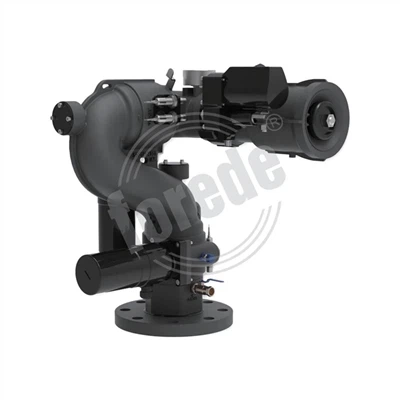What is the difference between a fire monitor and a fire hydrant?
Fire monitors and fire hydrants are two important components of a fire safety system. While both play a crucial role in combating fire, they have distinct differences.
A fire hydrant is a stationary device that connects to a network of underground pipes filled with pressurized water. Fire hydrants are crucial for firefighters to access water for their hoses in situations where there is no readily available water source nearby. To use a fire hydrant, firefighters need to attach a hose to the hydrant and connect it to a fire engine or other apparatus to create a source of pressurized water to combat the fire.
On the other hand, a fire monitor is a mobile device that shoots water in a focused stream to extinguish fires. It is usually mounted on the roof of a fire engine or other apparatus and can be controlled remotely from a safe distance. A fire monitor has a larger water flow rate than a fire hose and can be used to deluge large areas quickly.
Despite their distinct differences, both fire monitors and fire hydrants play a vital role in fire safety. Fire hydrants provide a necessary source of water nearby, and fire monitors can make a significant impact on containing and quelling a fire quickly.
Furthermore, advancements in technology have made both fire monitors and fire hydrants more important than ever in the fight against fires. Innovations like pressure regulating valves on fire hydrants and remotely controlled fire monitors have increased their accuracy and effectiveness, improving overall fire safety.
In conclusion, while fire monitors and fire hydrants have unique functions, both are essential components of a fire safety system. With their technical advancements, both devices continue to play an instrumental role in mitigating the risk of fires and keeping communities safe.
For more details, please contact me: sales4@forede.com(Wendy)




















